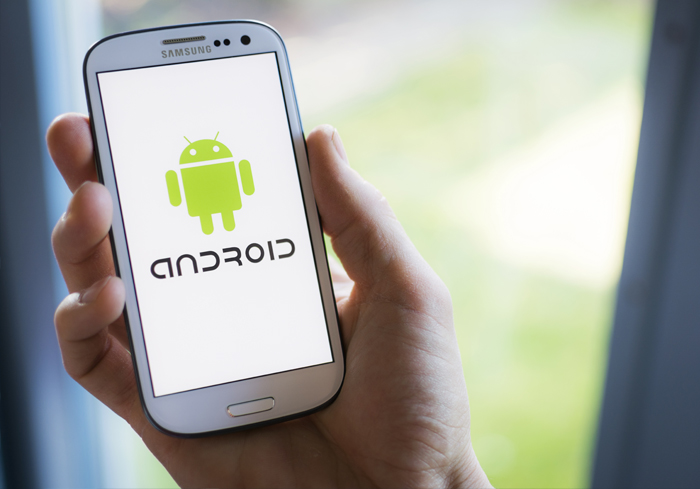
There’s no denying Android is holding tight to its status as the world’s most used operating system.
With 1.4 billion active users reported, Google has officially surpassed Apple’s sales of more than 1 billion iOS devices since 2007 as well as Microsoft’s plan to have 1 billion Windows 10 devices on the market by 2018, ZDNet reported on Sept. 30.
The figure was announced by Google CEO Sundar Pichai Tuesday (Sept. 29) at the unveiling of the company’s new Nexus 5X from LG and Nexus 6P from Huawei devices.
The search giant revealed the 1.4 billion devices being operated by Android globally is a significant jump from the 1 billion Google announced earlier this year, with Pichai noting many of the users are located in emerging markets like Vietnam and Indonesia, CNET reported.
Considering the U.S. Census Bureau estimates nearly 7.3 billion people live around the world, Google’s Android software is reaching more than 19 percent of them.
[bctt tweet=”Android’s user base surges to 1.4 billion, nearly 20 percent of the world’s population “]
“These are people adopting a smartphone for the first time,” Pichai said during the Google press event. “We try to push the state of the art and the state of computing.”
The company also confirmed almost 300 million Android users are running on Lollipop, the latest version of the software.
While big user numbers make it evident how large Google’s mobile ecosystem is, the Android operating system recently saw its lowest unit shipments in six years.
According to the second-quarter smartphone report from analyst firm Gartner, Android unit shipments only increased 11 percent year over year, with its overall shares falling from 84 percent to 82 percent as the result of a weak quarter in China.
The operating system also continues to deal with its fair share of security issues.
During a presentation at this year’s tech industry conference, Black Hat, security industry experts showed research that found that hackers can “remotely obtain” fingerprints that are used with Android devices via biometric sensors.
In general, Android devices seem to be a more attractive target to cybercriminals, with a report from mobile security company Lookout earlier this year noting more than 4 million Android users in the U.S. encountered ransomware, with some victims forced to pay as much as $500 to unlock their devices.
The figure was based on aggregated data from more than 60 million users worldwide in 2014.
However, the recent launch of the long-awaited mobile wallet Android Pay may help the operating system maintain its popularity among consumers.
Google officials confirmed for PYMNTS that Android Pay is compatible with roughly 70 percent of the Android phones currently in the U.S.
Android Pay also utilizes tokenization to secure cardholder data and transactions.
“This means that Android Pay won’t send your actual credit or debit card number with your payment. Instead, we’ll use a virtual account number to represent your account information,” Google noted on its blog.
“With Android Pay what we really wanted to do is reset how we are thinking about payments on the [consumer’s] device. Previous attempts have been more of a clunky add – it wasn’t an organic part of its use,” Pali Bhat, Google Director of Product Development, noted in an interview with MPD CEO Karen Webster prior to the Android Pay launch. “Now it is an embedded function of a consumer’s Android device.”
To check out what else is HOT in the world of payments, click here.